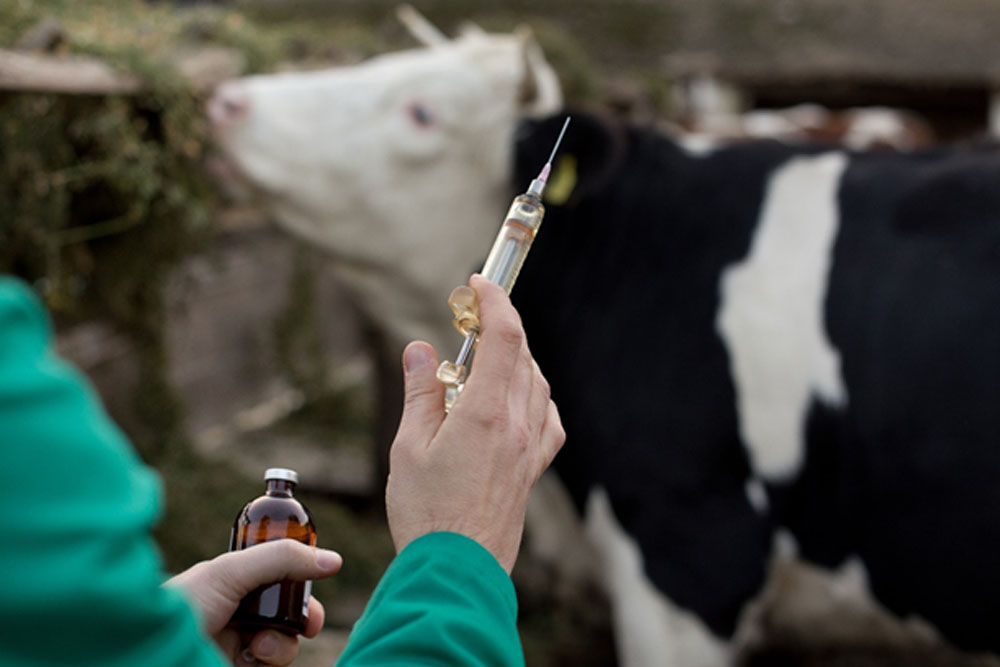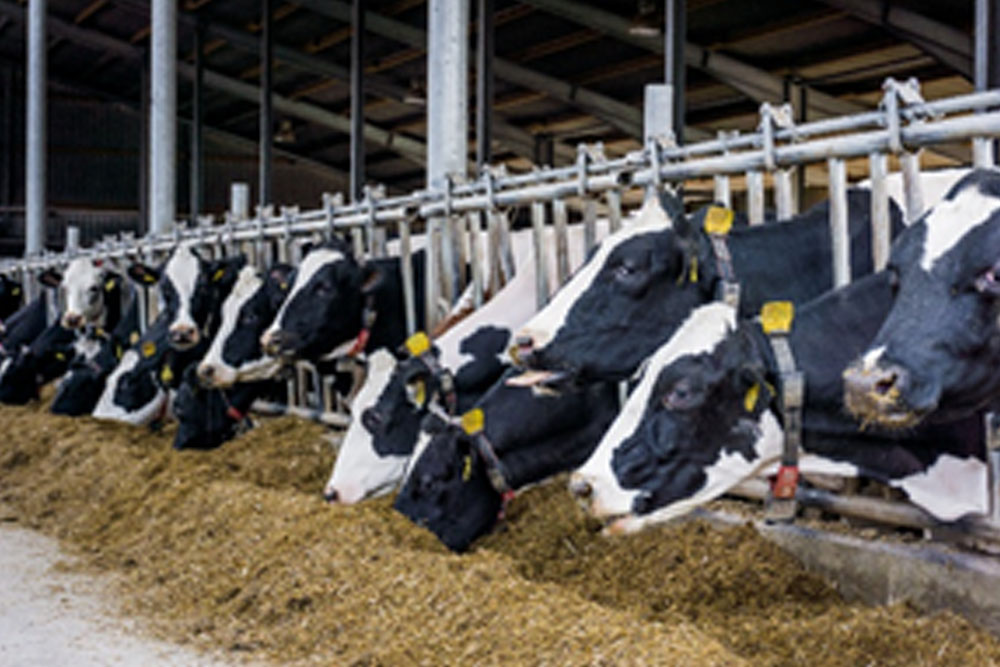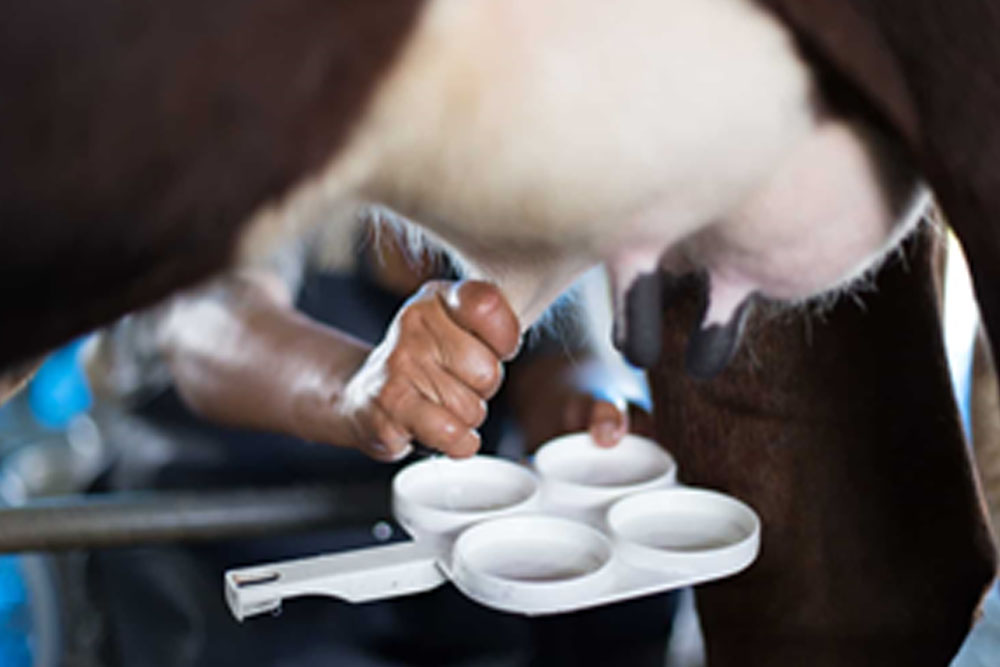How Can We Reduce The Use Of Antibiotics In Dairy Animals?

Dairy cows, like other farm animals (and humans for that matter), sometimes get sick, requiring an antibiotic. Antibiotics have been widely used in livestock since the 1940’s. In Pakistan, as the dairy industry is transformed over the few years, requiring better disease management on farms. Although antibiotics have improved health management in modern livestock production but responsible use of antibiotics in dairy is required likewise human medicine. It’s also part of a global conversation about antibiotic resistance, which is a serious public concern shared by animal and human health experts.
The excessive use of antibiotics in farming either dairy or poultry has been highlighted as one of the biggest emerging threats to human health, spreading resistance to vital drugs and endangering millions of lives.
There are certain practices that can help our farmers to reduce the use of antibiotics in dairy animals
- Nutrition
As balanced nutrition helps animals to strengthen their immune system. A high-quality, balanced feed like Dasan Feed/ Dasan Wanda is important to ensuring healthy animals. Always remember that nutrition widely affects animal health, production (milk quality and quantity) and fertility. Components of a well-balanced feed are:
- Water
- Carbohydrates
- Protein
- Vitamins
- Minerals

If we provide a balance nutrition to our dairy animals that can lead to reduction in antibiotics use.
- Housing
Housing has an important role is minimizing disease stress on farm animals, animals should be provided with free stall barns. Stalls should have clean, soft bedding and be an appropriate size for cows so they can stand or lie down easily. It’s also important cows have good footing to prevent slipping.
The sheds should have high roof for well ventilation, to protect animals from heat stress. Fans & showers keep animals comfortable and provide fresh air in barns. Proper ventilation also helps decrease the spread of disease

- Hygiene
Maintaining good farm hygiene is very important for the health of animals. Daily cleaning of floors, feeding table, and water troughs is highly important. On the other side we need to put efforts to minimize and prevent contamination caused due to entry of pathogens and bacteria from unhygienic milking procedures, equipment, milk contact surfaces, handlers, storage.
- Biosecurity
Biosecurity is a key element in the battle against antibiotic resistance. The goals of biosecurity are focused not only on the reduction or prevention of the introduction of new diseases from outside sources but also on the reduction or prevention of the movement of infectious diseases on the farm. In this regard, the use of antibiotics can be reduced by simple actions such as physically inspecting animals, testing for bovine diseases, vaccination, or quarantine for at least 3 weeks before mixing with the herd of all new additions. All these examples reduce the risk of diseases with germs from outside. This chapter attempts to synthesize the best biosecurity solutions that can be applied in modern dairy farms.
- Vaccines
Having a good herd health program, including biosecurity measures, proper vaccination and parasite (internal and external) control protocols, and good nutrition. Though vaccines are not available for every disease, when they are, they help protect the health of animals by improving and building their immune system.

- Mastitis Control Program
Mastitis is considered the most prevalent disease in dairy animals and actually it is induced by the human practices in most of the cases due to un hygienic conduction at farm area, milking area, milking practices, and over all cleanliness and hygiene. So the is wide spread use of antibiotics in mastitis. Farmer must ensure pre and post milking teat dipping and ensure California Mastitis Test or surf test fortnightly.

